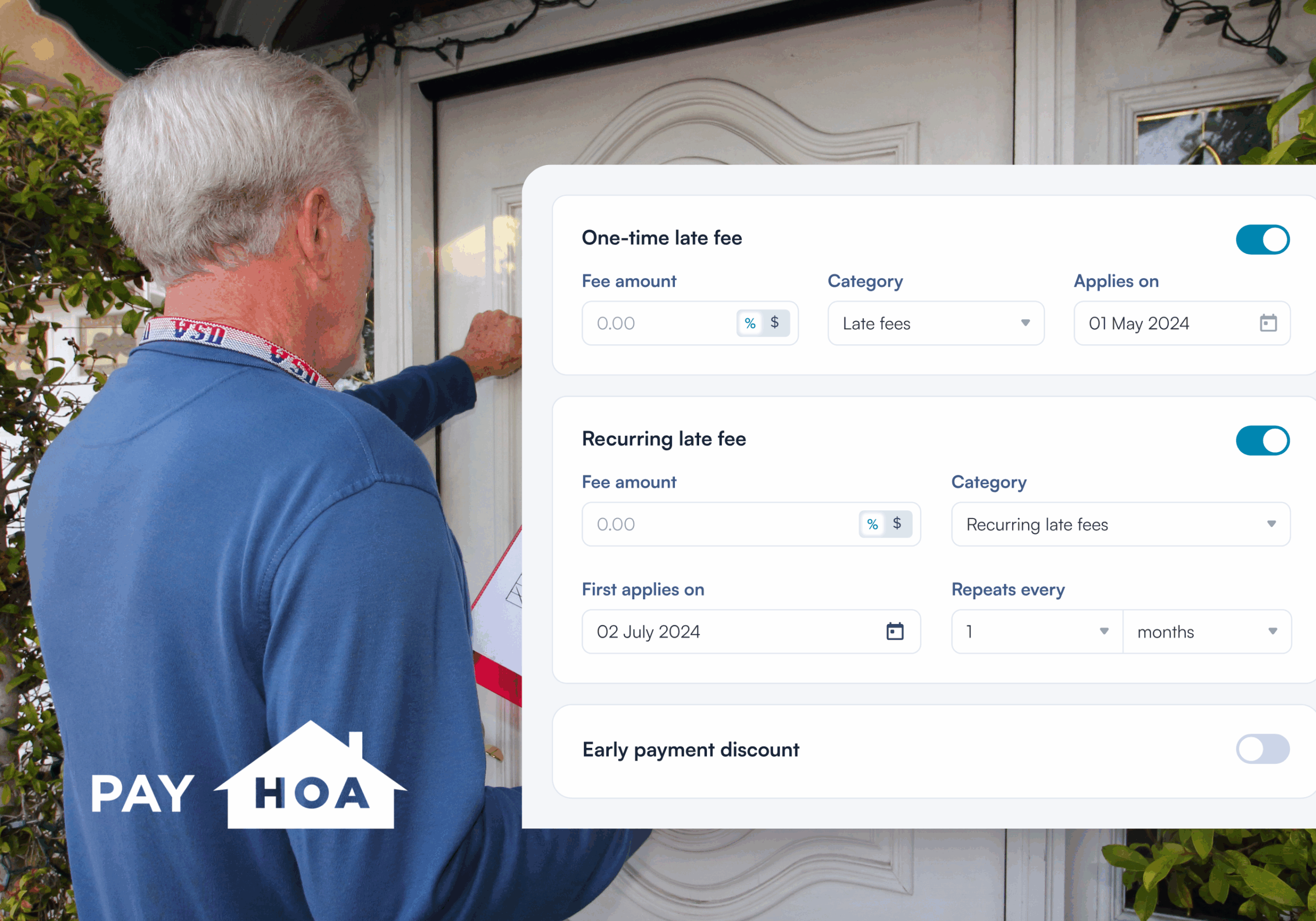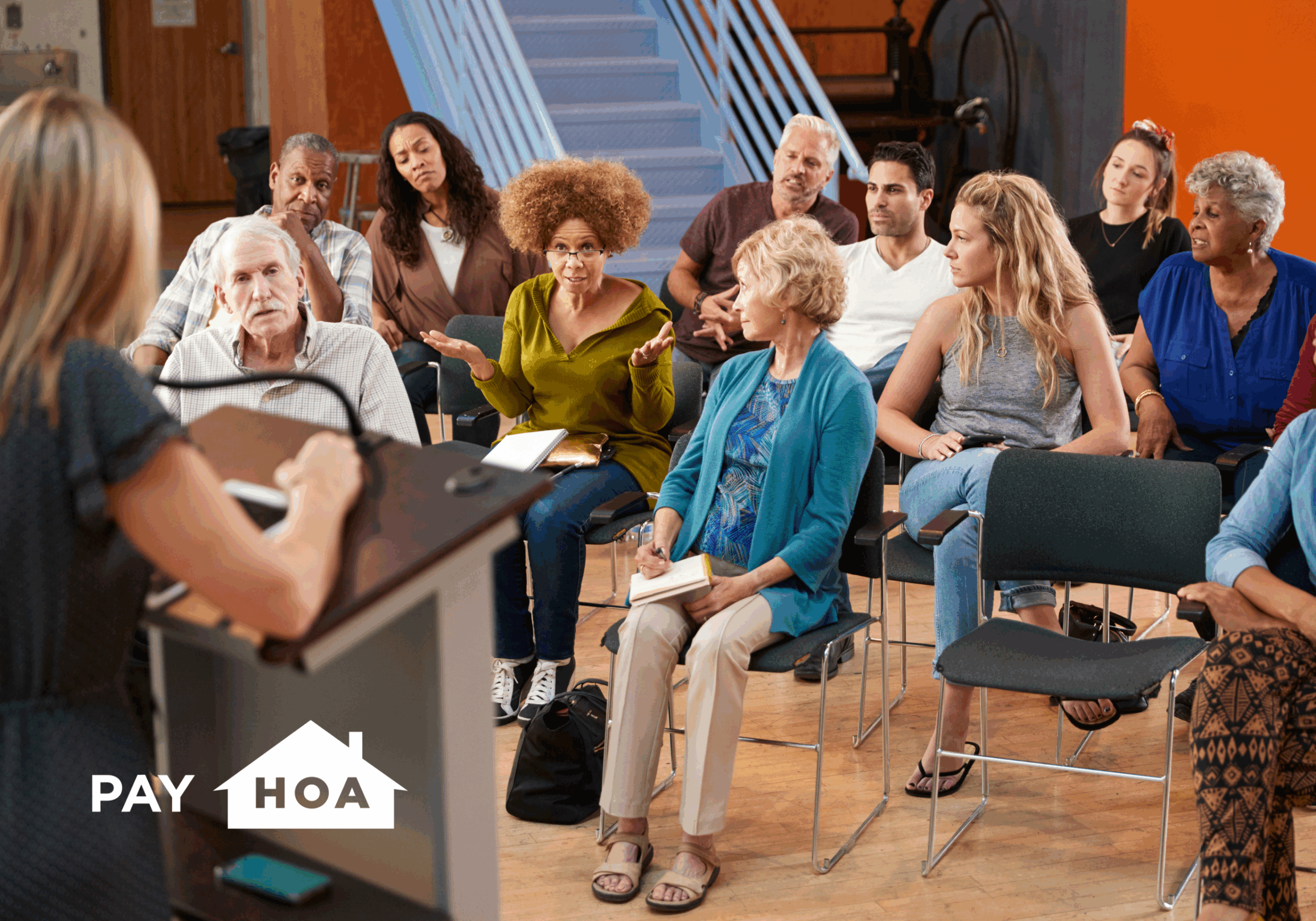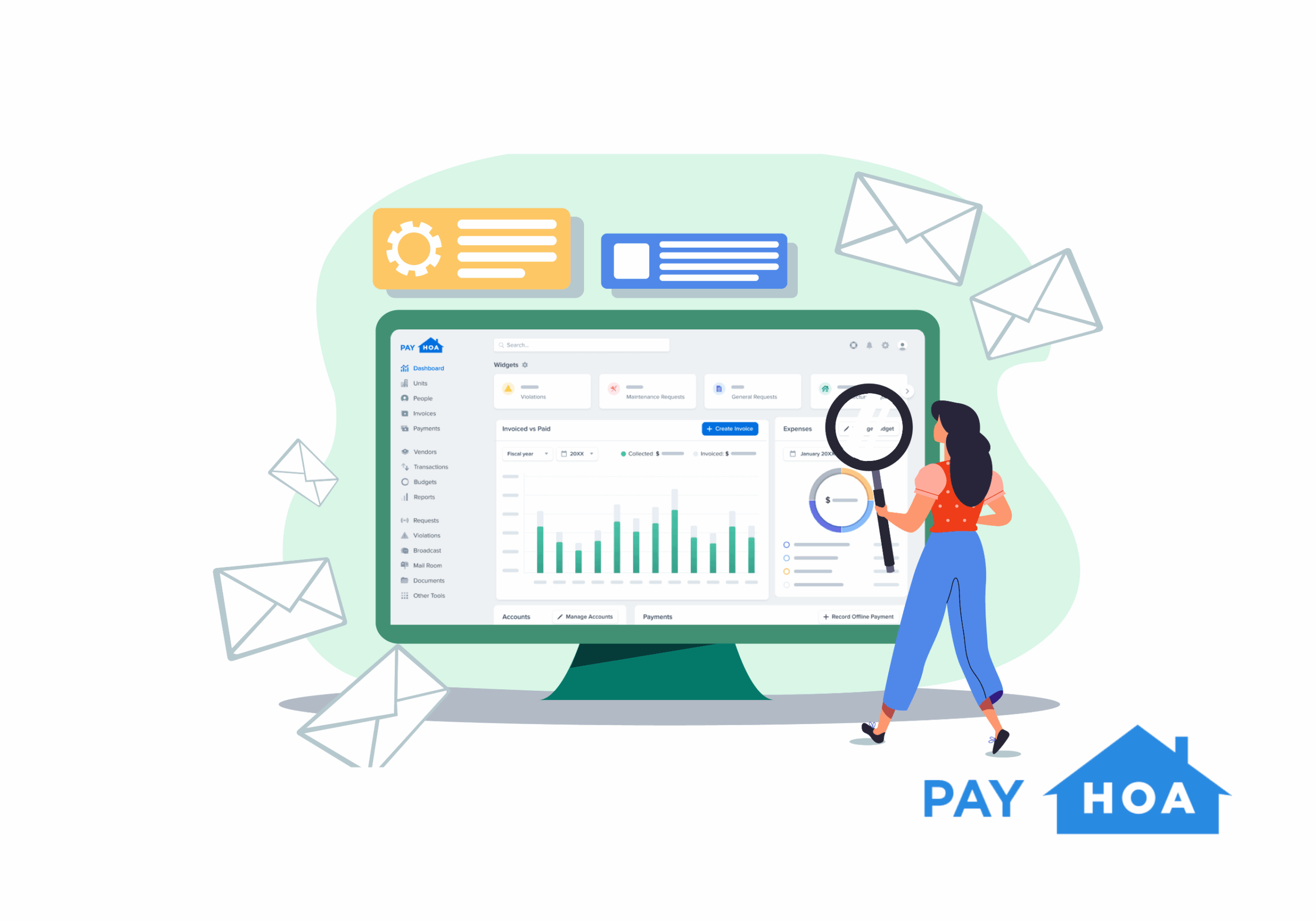 Natalie J • 30 Jun 2022 • 7 min read
Natalie J • 30 Jun 2022 • 7 min readDo You Need Self Managed Condo Association Software?
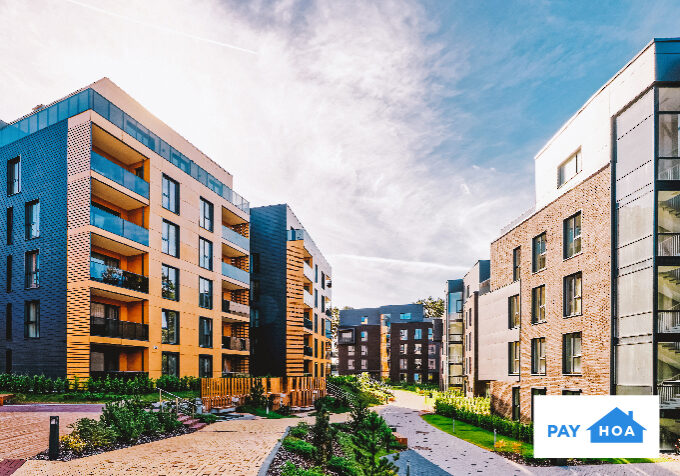
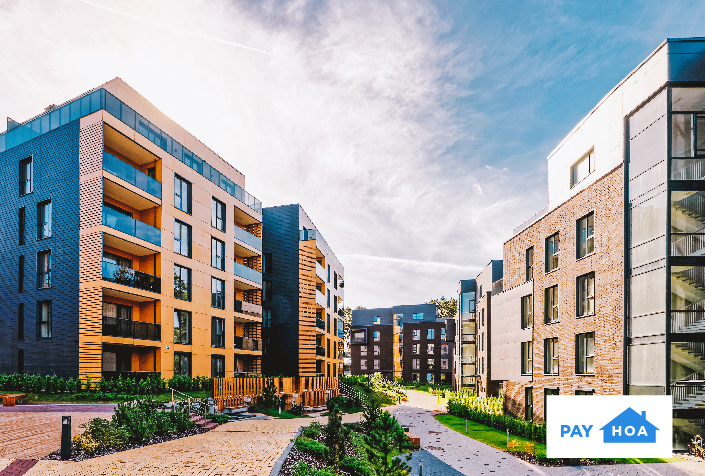
Condo owners have a unique stake in the associations governing their homes. Members of condo associations not only own their individual units, but they share ownership, and therefore the responsibility for maintenance, of common structural elements (such as wiring, plumbing, hallways, and parking lots) as well as amenities (pools, decks, gyms, and other common areas). This ownership among all residents leads to increased investment in the condo association. Like a self managed HOA, choosing to become a self managed condo association puts control into the hands of the people who live in the community and use the amenities, rather than an outside property manager.
While residents have an investment in the community, they may not have an extensive background and knowledge of laws governing condo associations in their state. A self managed condo association software can offer board members and other volunteers the support they need to efficiently manage the legal and financial requirements that come with managing a group of condominiums.

Condo associations vs. homeowners associations
In 2020, condo associations made up 40% of community associations in the United States. Condo associations have a lot in common with homeowners associations (HOAs). The dynamic between the associations and the residents is fundamentally the same—each charges dues to members and uses the sum for the upkeep of amenities and other maintenance. Both associations adhere to governing documents that outline the expectations of the association for the members and what they can expect from the association.
In an HOA, the association owns common areas such as pools and gyms. In a condo association, the association doesn’t own any of the common areas. Instead, each homeowner owns a percentage of the communal spaces.
The role of the board of directors in condo associations
Like most HOAs, condo associations often have a group of volunteer members that serve as the board of directors. The duties of the board of directors are unique to each association and outlined in the association’s bylaws, as well as governed by local and state laws. In essence, the board of directors acts on behalf of the residents to maintain and improve the community, keeping property values high whether for individual homes or condominiums.
The board is set up as a non-profit corporation and has governing documents that include the declaration, bylaws, rules, articles of incorporation, and other materials that govern the day-to-day operations. These documents are typically more extensive and detailed for a condo association.
The roles of board members are mostly the same for homeowners associations and condo associations. Some of the responsibilities are as follows:
- The President is the leader of the board, facilitating conversation and managing meetings.
- The Treasurer handles financials for the association.
- The Secretary records minutes for board meetings and maintains records such as maintenance and violation history.
Despite their many similarities to homeowners associations, condo associations face unique challenges due to their structure and nature.
5 unique challenges condo associations face
Challenge #1: dues collection
Unlike an HOA, where members typically pay the same dues annually, each condo owner can pay a different amount based on their percentage of ownership, which is factored by the size of their condo. Dues are often paid monthly, rather than annually. It takes a lot of time to go door to door collecting dues each month, in addition to tracking payment timeliness and adding late fees as necessary. All of this data needs to be tracked, and with the range of dues that may be paid by a member of a condo association, manually entering the data presents the risk of human error.
Collecting payments online benefits residents and the condo association alike. Automating the dues collection process with the implementation of self managed condo association software makes it easy for residents to pay their monthly dues. The software must be customizable to fit the unique needs of the association.
In PayHOA, residents can access an online portal to track and make payments, or even set up autopay so they can never forget to pay their dues. The Treasurer, who is responsible for ensuring that dues are paid on time, spends less time collecting dues from residents. They can accomplish all of their tasks through one platform, saving time, simplifying the process, and increasing precision.

Challenge #2: managing and paying vendors
Many vendors contribute to helping a condominium function smoothly. Doormen, parking attendants, and front desk staff work in the building daily, plus landscapers, regular maintenance crews, and cleaners for common areas are employed regularly. It’s a full-time job to simply make sure all of these vendors’ work is tracked and they are paid on time.
PayHOA’s software enables you to create unique profiles for the vendors you work with so you can pay them directly from the software, saving time and trouble for you and your vendors.
Challenge #3: communication with residents
Condo associations need a way to contact residents with pertinent information such as regular maintenance, tests and drills of emergency systems, and problems with common systems such as electricity and plumbing. Going door to door with notices is time consuming, and not the most efficient way to keep residents informed. A given resident might be away from home or miss the document. Not every resident checks their mailbox daily. Calling and emailing everyone individually can take a lot of time too.
PayHOA’s software enables you to send emails, text messages, and automated phone calls to all, or a selection, of your residents easily. If there is an issue with one building or floor, it’s easy to select the group of residents affected and write a message for them. By delivering via phone, text, or email, the resident gets the message instantly which can be crucial for certain incidents, like a broken pipe causing a water quality issue, for example. The management software allows you to see how many emails or texts were opened, which can give you an idea of the efficiency of each method.
Challenge #4: managing amenities
Condominium communities may have common areas available for residents to rent to host special events for their friends and family. Issues may arise with the reservation process. Unconfirmed reservations might cause the association to be unprepared or double booked. Other times, it takes weeks to track down the payment from the resident, which takes up a lot of the Treasurer’s time.
Self managed condo association software with a portal for both board members and other volunteers, as well as residents, makes scheduling and reserving common spaces easier than ever. A resident can view the calendar to see which dates the space they are interested in is available. They can pay directly through the software, so the payment will be received before the reservation. The software confirms booking on both ends and can update automatically, making sure the space is never double booked.
Better yet, some self managed condo association software has a community calendar feature, where events can be on display for all residents to see, whether it’s an open event they may be interested in attending, or a private event occurring in a common space.
Challenge 5: creating a neighborhood feel
Residents can become isolated within their individual units, or only get to know their direct neighbors. How can a condo association increase the sense of community among all residents?
In addition to the essential components that allow for smooth management of a condo association, you may look to PayHOA’s software which also focuses on communication and community.
PayHOA has a message board feature available only to residents. This is a space where residents can seek connection with those with similar interests, even if they live on a different floor or in another building. Residents can share resources and make new friends in a safe and secure environment since only other residents will have access to this feature.
Qualities to look for in a self managed condo association software
Self managing a condo association consists of more than accounting, so good self managed condo association software should be designed with the unique challenges and demands of running a condo association in mind. The tools should be designed with resident satisfaction as a top priority, which means the software should be intuitive, secure, and accessible. It’s more than the technology, and PayHOA provides human support and knowledge for the board of directors and residents.
PayHOA offers an HOA management software solution for HOAs of any size or managerial priorities. To find out if PayHOA fits all your HOA management needs, try our software free for 30 days.
Share this article:
Enjoyed this Article? Try Another!
How to Collect HOA Payments Without Chasing Down Checks
Key Takeaways You didn’t sign up to be your community’s debt collector. Yet here you…
3 Ways to Improve Talks Between HOA Boards and Residents
Key Takeaways Why Communication Between HOA Boards and Residents Breaks Down Effective communication supports a…
5 Must-Have Features in Modern HOA Software
Key Takeaways PayHOA functions as a digital property management company, combining these features into one…
